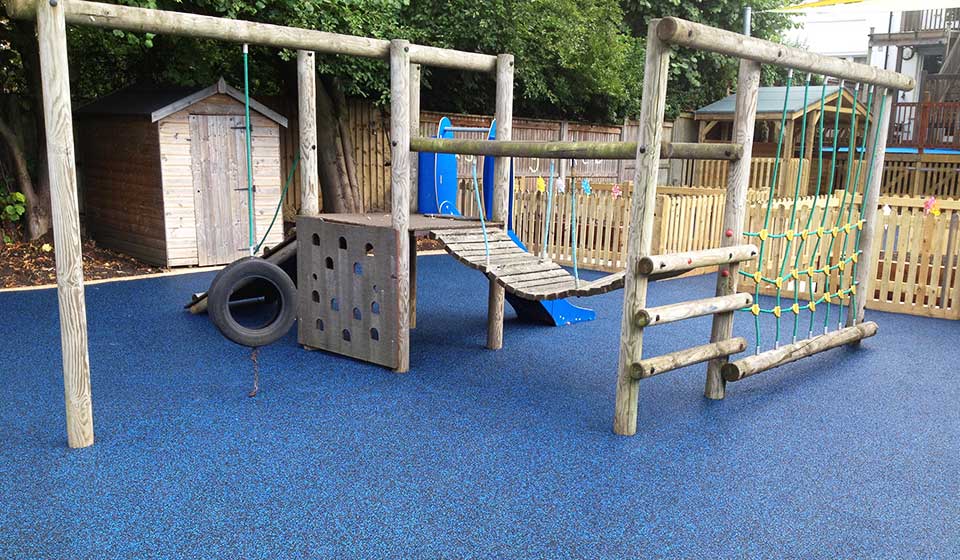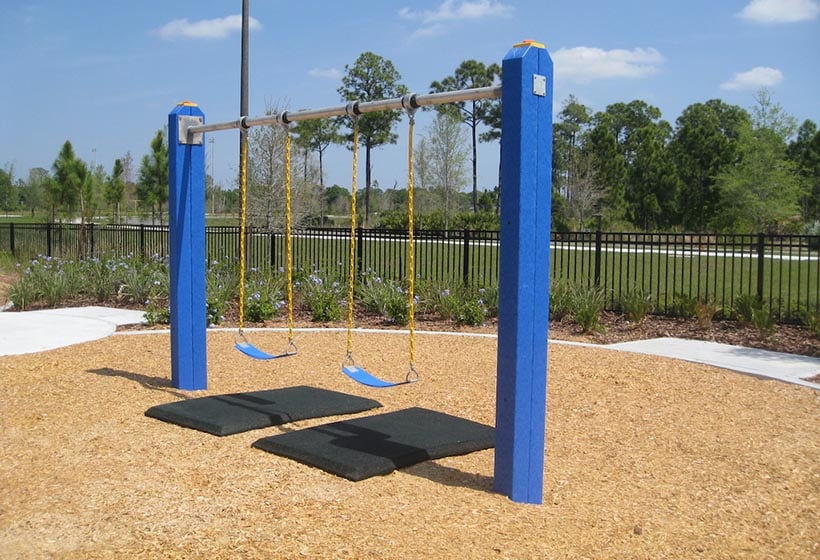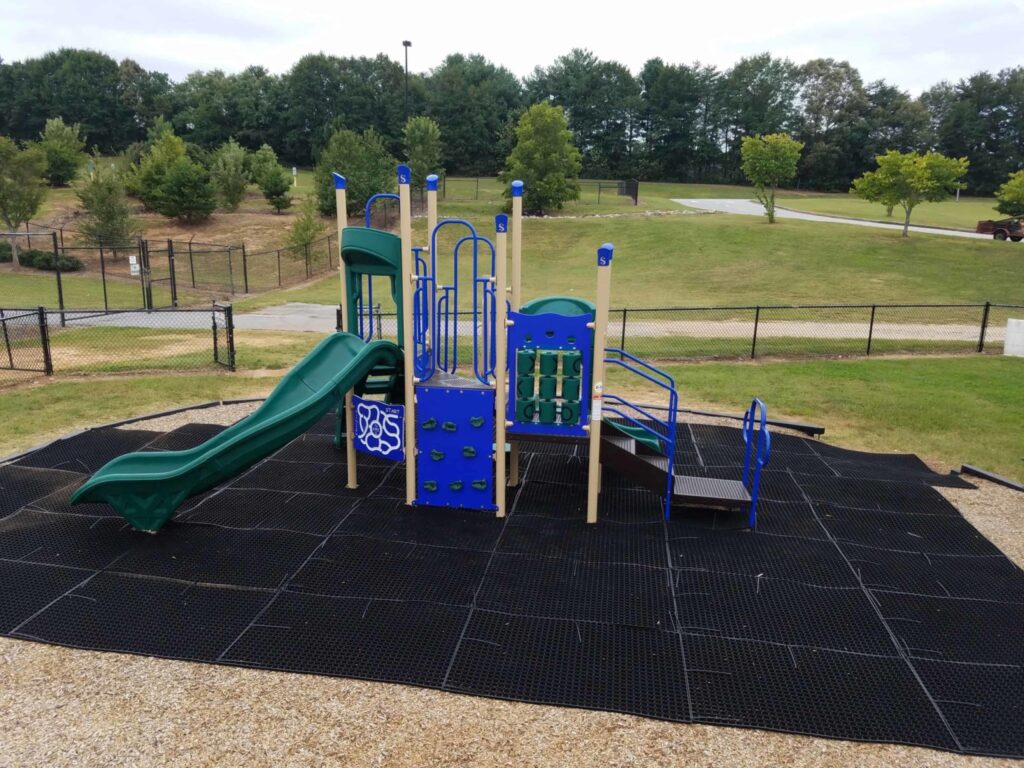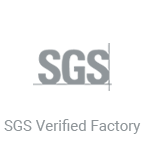When setting up or upgrading a playground, you might find yourself asking: “What’s the best way to ensure the safety and durability of the play area?” It’s a common concern for parents, playground designers, and facility managers alike. One of the most effective solutions is using outdoor rubber mats. Rubber mats offer a range of benefits that make them a popular choice for playground surfaces. In this comprehensive guide, we’ll walk you through everything you need to know about outdoor rubber mats for playgrounds, from their benefits and types to installation, maintenance, and safety considerations.
Table of Contents
Benefits of Outdoor Rubber Mats for Playgrounds
Safety and Shock Absorption
One of the biggest advantages of outdoor rubber mats is their exceptional shock absorption. These mats are designed to cushion falls and reduce the impact on children, helping to prevent injuries. Whether it’s a slip from the monkey bars or a tumble off the slide, rubber mats can make a significant difference in minimizing harm. Their ability to absorb and dissipate energy makes them a top choice for playground safety.
Durability and Longevity
Outdoor rubber mats are built to last. They can withstand a large variety of weather conditions, including rain, snow, and intense sun, without losing their integrity. Unlike traditional playground surfaces like grass or sand, rubber mats don’t erode or require frequent replacement. Their durability makes them a cost-effective option, as they do not need to be replaced or repaired often.
Low Maintenance
Maintaining rubber mats is straightforward and hassle-free. They do not require regular mowing, raking, or replenishing, unlike natural surfaces. A simple wash with water and soap is usually enough to keep them clean. Rubber mats are also resistant to weeds and pests, further reducing maintenance efforts.

Environmental Benefits
Most rubber mats are made from recycled materials, such as old tires, which contributes to environmental sustainability. By repurposing rubber waste, these mats help reduce landfill contributions and promote recycling. Additionally, their production generally has a lower environmental impact compared to some other synthetic or non-recycled materials.
Aesthetic and Customization Options
Rubber mats come in various colors, patterns, and designs, allowing for creative and functional playground layouts. You can choose from different designs, including interlocking tiles, poured-in-place surfaces, and even rubber mulch that resembles natural materials. This customization helps you match the playground’s look with its theme while ensuring safety.
Types of Outdoor Rubber Mats for Playgrounds
Interlocking Tiles
Description: Interlocking rubber tiles are modular pieces that fit together like puzzle pieces. They are easy to install and can be replaced individually if damaged. These tiles are made from recycled rubber and come in various thicknesses and colors.
Advantages:
- Ease of Installation: Simple to lay down without adhesives.
- Replaceability: Individual tiles can be swapped out if damaged.
- Customization: Available in various colors and patterns.
Applications: Ideal for playgrounds where quick installation and customization are needed. Suitable for smaller areas or where specific patterns are desired.
Poured-in-Place Surfaces
Description: Poured-in-place rubber surfaces are created by mixing rubber granules with a binder and pouring the mixture onto the playground area. The surface is then leveled and allowed to cure, resulting in a seamless, uniform appearance.
Advantages:
- Seamless: No seams or gaps, reducing tripping hazards.
- Customizable Thickness: Thickness can be adjusted based on fall height protection needs.
- Durability: Highly resistant to weather conditions and heavy use.
Applications: Perfect for larger playgrounds or areas requiring a smooth, continuous surface. Suitable for designs with complex shapes or integrated features.

Rubber Mulch
Description: Rubber mulch (click to compare it with rubber foam) is made from recycled rubber and mimics the look of traditional wood mulch. It is used as a loose-fill material that provides cushioning and impact reduction.
Advantages:
- Natural Appearance: Looks like traditional mulch but is more durable.
- Low Maintenance: Does not decompose or require frequent replenishing.
- Weed Resistant: Helps prevent weed growth.
Applications: Ideal for playgrounds with a natural or rustic theme. Suitable for areas beneath climbing structures or swings where a loose-fill surface is appropriate.
Rubber Mats with Pre-formed Shapes
Description: These mats come in pre-cut shapes and designs, such as animals, letters, or numbers. They add a decorative element to the playground while providing safety.
Advantages:
- Decorative: Adds visual and educational interest.
- Easy Installation: Simple to lay out and secure.
- Versatility: Can be combined with other rubber surfaces for added design features.
Applications: Great for enhancing playgrounds with playful and educational elements. Ideal for combining with other types of rubber surfaces for a comprehensive design.

Installation of Outdoor Rubber Mats for Playgrounds
Preparation
Site Assessment: Before installation, assess the playground area to determine the condition of the existing surface and the thickness of rubber mats needed based on fall height requirements. Ensure the site is clean, level, and well-drained.
Ground Preparation: Remove debris, vegetation, or old materials from the site. For interlocking tiles or rubber mulch, ensure a smooth, level base. For poured-in-place surfaces, a base layer of gravel or compacted soil may be required.
Installation Process
Interlocking Tiles: Lay the tiles in the chosen pattern, starting from one corner and working outward. Ensure that the tiles fit together tightly to avoid gaps. Edges may be secured with glue or anchors if needed.
Poured-in-Place: Mix the rubber granules with the binder as directed. Pour the mixture onto the prepared surface and spread it evenly. Use leveling tools to ensure a smooth finish and allow the surface to cure according to manufacturer’s instructions.
Rubber Mulch: Spread the rubber mulch evenly over the playground area to the desired depth. Ensure uniform distribution to achieve consistent impact protection.
Finishing Touches
Edge and Border Installation: Install edging or borders around the rubber surface to contain the material and provide a clean look. Edging helps keep the rubber in place and prevents it from spreading beyond the designated area.
Inspection and Testing: After installation, inspect the surface for any defects or inconsistencies. Conduct impact tests if required to ensure the surface meets safety standards and provides adequate protection.

Safety Considerations of Outdoor Rubber Mats for Playgrounds
Compliance with Standards
Safety Standards: Verify that the rubber mats meet relevant safety standards, such as those set by the American Society for Testing and Materials (ASTM) or the Consumer Product Safety Commission (CPSC). Compliance ensures the surface provides effective impact protection and meets safety requirements.
Fall Height Requirements
Impact Protection: Choose rubber mats with appropriate thickness and cushioning to match the fall height requirements of playground equipment. Ensure the surface absorbs and dissipates impact effectively to reduce injury risk.
Accessibility
Inclusive Design: Ensure the playground surface is accessible to all children, including those with disabilities. Maintain a level surface free of obstacles to provide safe and easy access for children using mobility aids.
Maintenance of Outdoor Rubber Mats for Playgrounds
Regular Cleaning
Routine Cleaning: Remove loose debris with a broom or leaf blower. Clean the mats with water and mild soap as needed. Avoid using harsh chemicals or abrasive cleaners that could damage the surface.
Spot Cleaning: Address spills and stains promptly using a soft brush and mild detergent. Quick action helps prevent long-term damage or discoloration.
Inspections
Routine Inspections: Regularly check the rubber mats for signs of wear or damage. Look for loose tiles, cracks, or other issues that could affect safety or appearance.
Repairs and Replacements: Address any damage promptly to prevent further issues. Replace damaged tiles or patches as needed to maintain the surface’s safety and functionality.
Seasonal Considerations
Winter Maintenance: Keep the surface free of ice and snow to prevent slipping. Use non-abrasive de-icers and avoid heavy snow plows that could damage the rubber mats.
Summer Maintenance: Monitor for signs of excessive wear or heat-related damage during hot weather. Ensure proper drainage to prevent water accumulation and maintain the surface’s performance.

Conclusion
Outdoor rubber mats are an excellent choice for playground surfaces, offering numerous benefits such as safety, durability, low maintenance, and environmental sustainability. By understanding the different types of rubber mats, their installation processes, and maintenance requirements, you can create a safe, enjoyable, and long-lasting play environment. Regular inspections and adherence to safety standards will ensure that the rubber mats continue to perform well, providing a safe and fun space for children to play for years to come.






